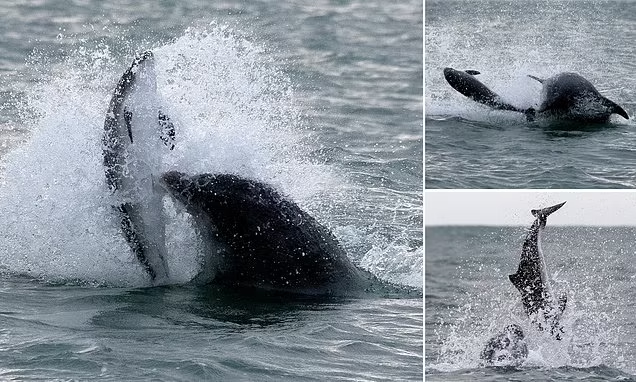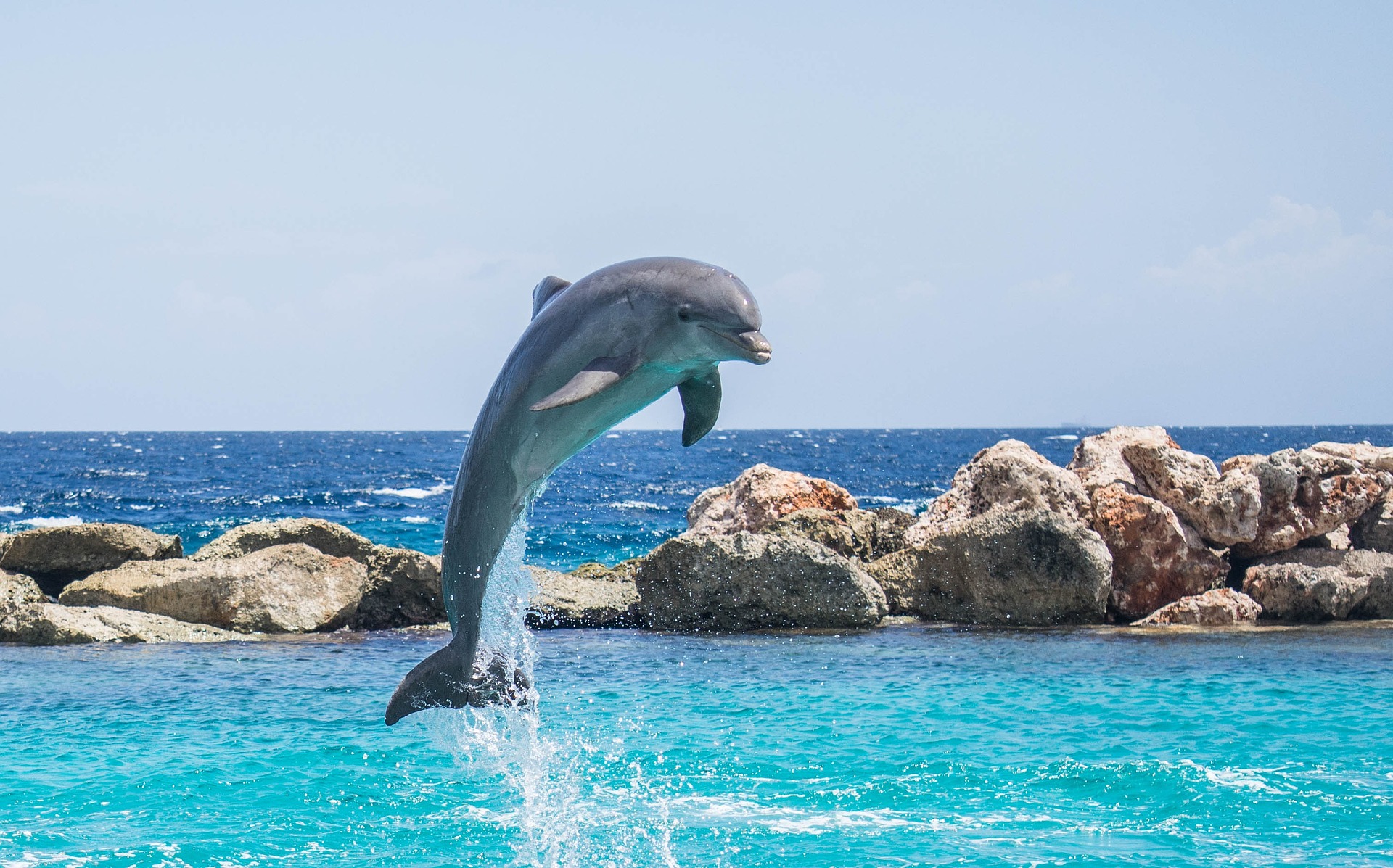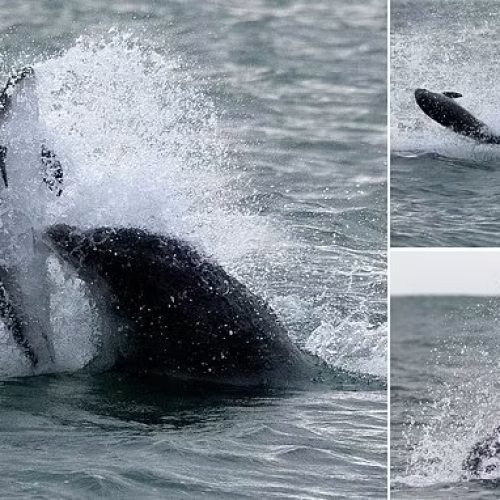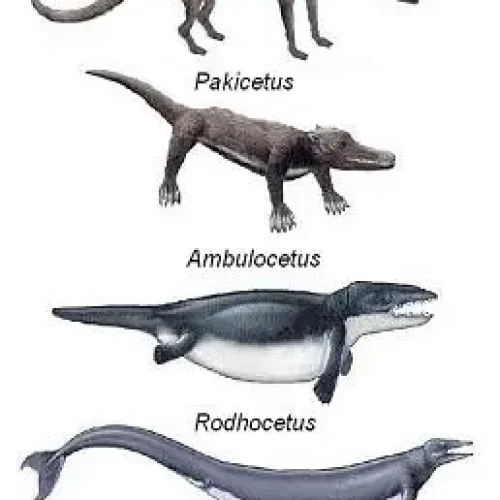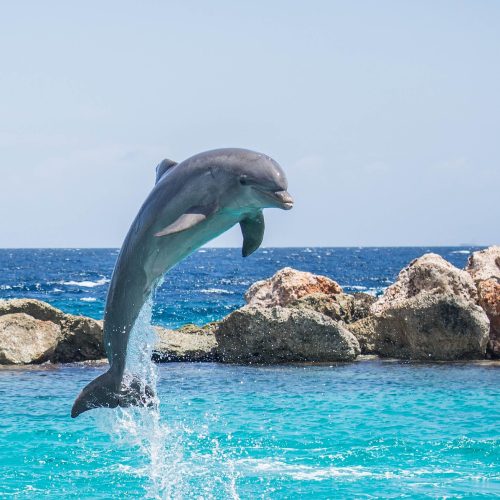A symbol of freedom and intelligence, the dolphin has fascinated mankind for centuries. Yet behind its enigmatic smile lies a little-known reality: in some countries, its flesh still finds its way onto our plates.
From Japan to the Faroe Islands, via Peru and Indonesia, dolphin meat is still eaten, despite the health risks and criticism from animal rights activists.
Let’s dive into the murky waters of this controversial practice, which raises questions about our relationship with these fascinating marine mammals.

In this article
COUNTRIES WHERE DOLPHIN MEAT CONSUMPTION REMAINS COMMON
Japan
Japan is perhaps the most notorious country associated with eating dolphin meat, particularly in coastal whaling towns like Taiji. This small fishing village gained global infamy after the 2009 documentary “The Cove” exposed its annual dolphin drive hunts.
During these bloody hunts, hundreds of dolphins are corralled into the cove where some are selected for marine parks and the rest are slaughtered for their meat.
In Japan, dolphin meat is cut into thin slices and dried to make a jerky-like delicacy called kusaya. The meat is also used in traditional dishes like onomi – a soup-like preparation flavored with miso. However, demand for dolphin meat has declined in recent decades as concerns grow about high mercury levels and animal welfare.
Peru
In the Peruvian Amazon, the boto, or pink river dolphin, has been hunted by indigenous tribes for generations. The fatty blubber is rendered into an oil used for cooking and medicines, while the meat is consumed in dishes like muchin, a roasted or smoked dolphin meat snack.
Dolphin hunting is also sometimes done illegally to use the meat as bait for catfish which is a popular food fish in the region. However, many Peruvian communities have moved away from this practice as awareness grows about the important ecological role played by river dolphins.
YOU MAY ALSO LIKE – Can we eat dolphin meat? A controversial and risky consumption.
The faroe islands: a surprising dolphin-eating nation
Perhaps unexpectedly, this remote North Atlantic archipelago, a territory of Denmark, is one of the world’s leading consumers of dolphin meat. Pilot whales, which are actually large oceanic dolphins, are considered a delicacy in Faroese cuisine.
For centuries, the Faroese have conducted an annual dolphin hunt known as the grindadráp.
During a grindadráp, boats surround a pod of pilot whales or other dolphin species, driving them into a shallow bay where they are beached and slaughtered with knives. A single hunt can claim hundreds of dolphins, turning entire coves red with blood.
While the grindadráp is a longstanding cultural tradition, it faces mounting criticism from animal rights activists and even some locals who decry it as cruel and unnecessary. Despite this, the Faroese government defends the hunts as a sustainable practice.
Indonesia
In Indonesia, dolphins are not typically targeted by fishermen but are often accidentally caught in nets as bycatch. This dolphin meat frequently ends up for sale in local markets, sometimes passed off as other types of fish to unsuspecting buyers.
With lax enforcement of laws protecting marine mammals, it’s estimated that hundreds of dolphins are consumed annually in Indonesia. Steps are being taken to reduce dolphin bycatch and better regulate fish markets to prevent illegal dolphin meat sales.
Taiwan
Although it’s illegal to sell or consume dolphin meat in Taiwan, an underground trade persists. Undercover investigations have revealed that some restaurants secretly serve dolphin meat dishes to those in the know.
Traffickers take advantage of lax inspections to smuggle dolphin meat from slaughterhouses to eateries. Crackdowns by Taiwanese authorities have aimed to curb this black market trade in recent years, but putting a complete stop to it remains challenging.
While only a small number of nations still engage in dolphin consumption, the practice sadly remains a reality. Increased global awareness, activism, and legal enforcement continue to be critical in working toward a future where our intelligent marine neighbors are no longer viewed as food.
Through education and cultural change, we can help protect these remarkable creatures for generations to come.
YOU MAY ALSO LIKE – Where are dolphins found around the world? Discover the global map of dolphin populations
EATING DOLPHIN: CONTROVERSY AND CONSERVATION EFFORTS
Eating dolphin meat has been a controversial practice that has drawn strong criticism from animal rights activists and environmental groups around the world. They argue that dolphins are highly intelligent, social creatures that should not be hunted for food.
One major concern is the high levels of mercury often found in dolphin meat, which can pose serious health risks, especially for pregnant women and young children.
Studies have shown that dolphin meat can contain mercury levels up to 20 times higher than the recommended limit set by the World Health Organization. Mercury exposure can lead to neurological damage, developmental problems in children, and increased risk of heart disease.
Environmental organizations like Greenpeace and the World Wildlife Fund have led campaigns to end dolphin hunting and consumption.
They work to strengthen protective laws, crack down on illegal dolphin meat trade, and shift public opinion. In the 1970s and 80s, public outcry over dolphin deaths in tuna fishing nets led to the well-known “dolphin-safe tuna” labeling program in the US.
YOU MAY ALSO LIKE – Who are the predators of dolphins? Discover their fiercest predators
MOVING AWAY FROM DOLPHIN MEAT TRADITIONS
In countries where eating dolphin was once more common, the practice is gradually fading as younger generations show less interest in continuing the tradition.
As more people learn about dolphins’ remarkable cognitive abilities and close familial bonds, they are increasingly viewing the marine mammals as intelligent beings to be respected and protected rather than just a food source.
The rise of eco-tourism built around dolphin and whale watching offers an economic incentive to preserve dolphins rather than hunt them. For example, in Japan’s coastal towns that once relied on whaling and dolphin hunting, boat tours to see wild dolphins and other marine life are bringing in significant tourist revenue.
A live dolphin is now estimated to be worth 26 times more than a dead one.
However, dolphin meat consumption and hunting still persists in a few places like Taiji, Japan, where hundreds of dolphins are rounded up and slaughtered each year in a notorious annual hunt that draws global condemnation.
Some indigenous communities in places like Indonesia and the Solomon Islands also still eat dolphin meat occasionally. But overall, the practice is in decline as conservation efforts and changing attitudes take hold.
Many are hopeful that demand for dolphin meat will continue to fall and the hunting will eventually end for good.

